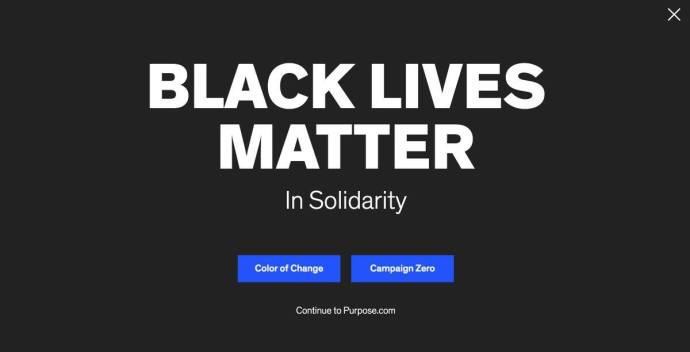Apr 26
20191
350.org / 1Sky, Amnesty International, Avaaz, B Team [Managed by Purpose - the PR Arm of Avaaz], Foundations, Greenpeace, Imperialist Wars/Occupations, Neo-Liberalism and the Defanging of Feminism, Oxfam, Pacifism as Pathology, Purpose Inc., Social Engineering, Whiteness & Aversive Racism
350.org Avaaz Capitalism Extinction Rebellion GCCA Greenpeace Imperialism The Climate Mobilization WWF
WATCH: Selling Extinction
Published April 26, 2019
“Selling Extinction is a short introduction to the capitalist notion of a “Green New Deal”, the NGOs that support it and the recent Extinction Rebellion protests in London.” [Running time: 23:43]
[Prolekult is a Marxist film, writing and culture platform based in Birmingham, England. The project is presently run by James Bell (writing and narration) and Alex Bushell (editing and filming). The purpose of the project is to provide high-quality film content looking at world politics, culture and economics from a Marxist perspective. You can support them on Patreon and follow them on Twitter.]



































































































































































































































































































